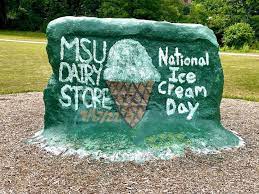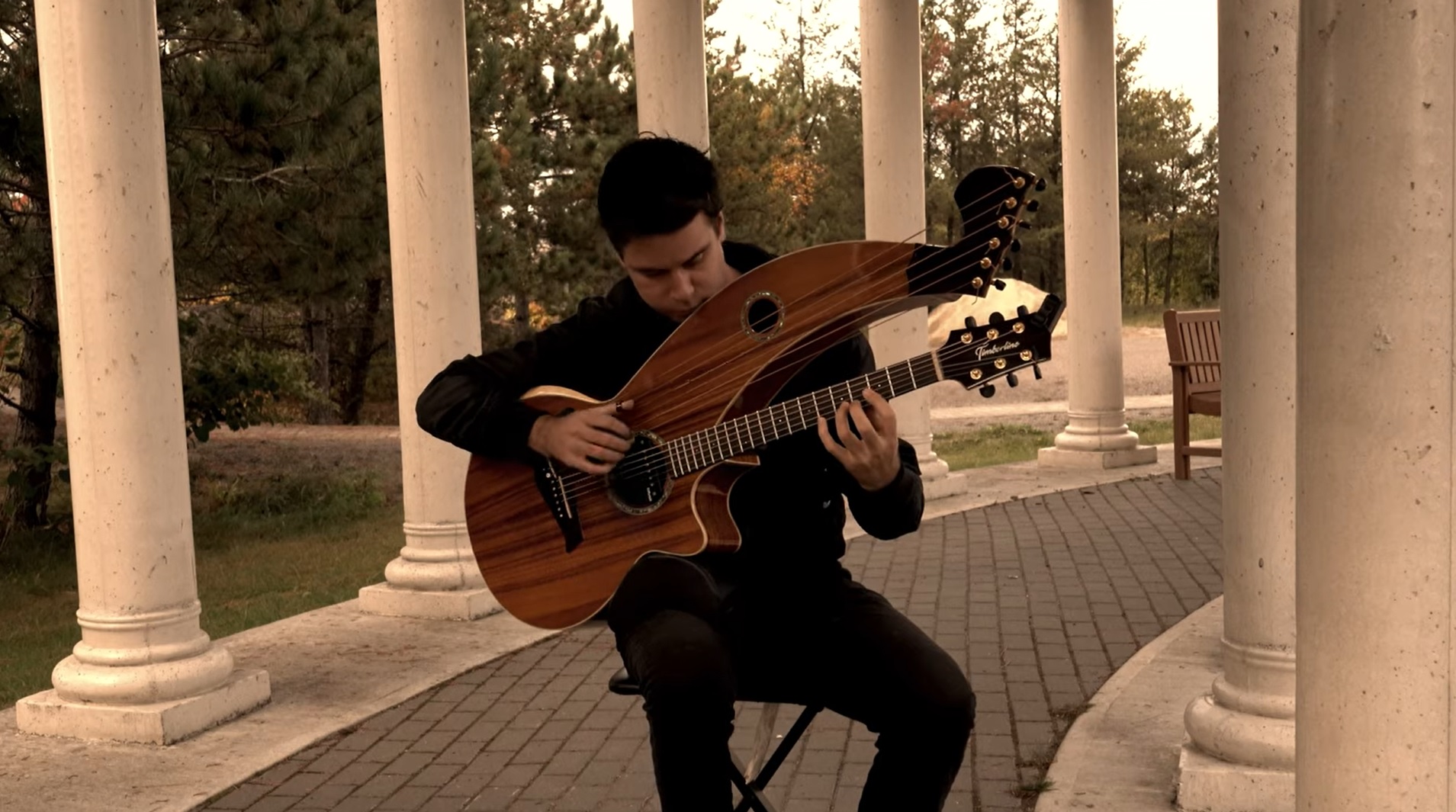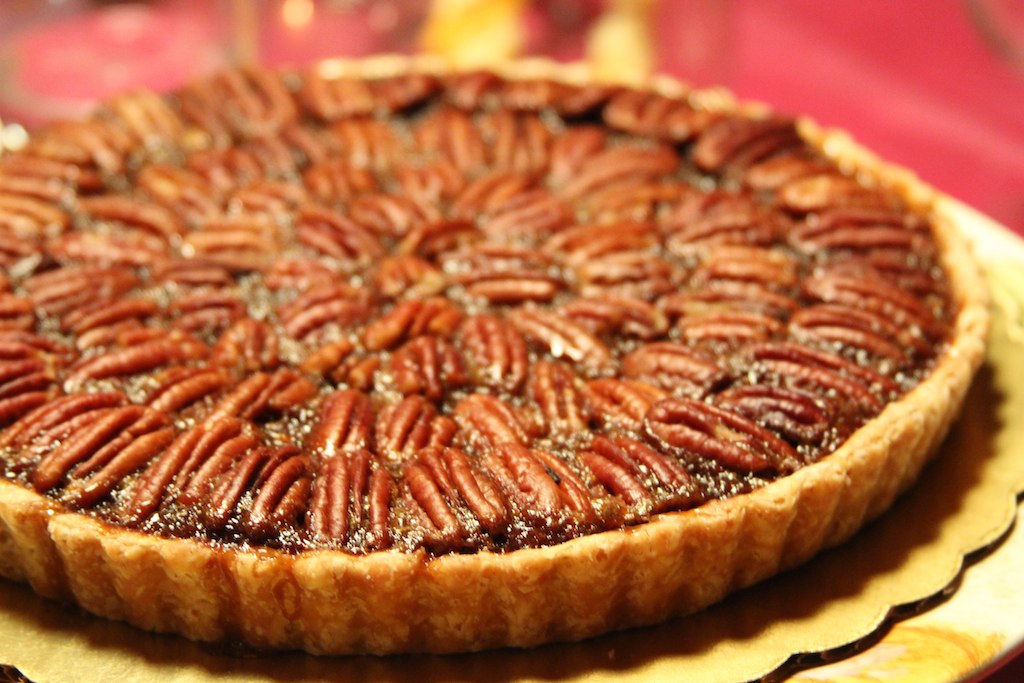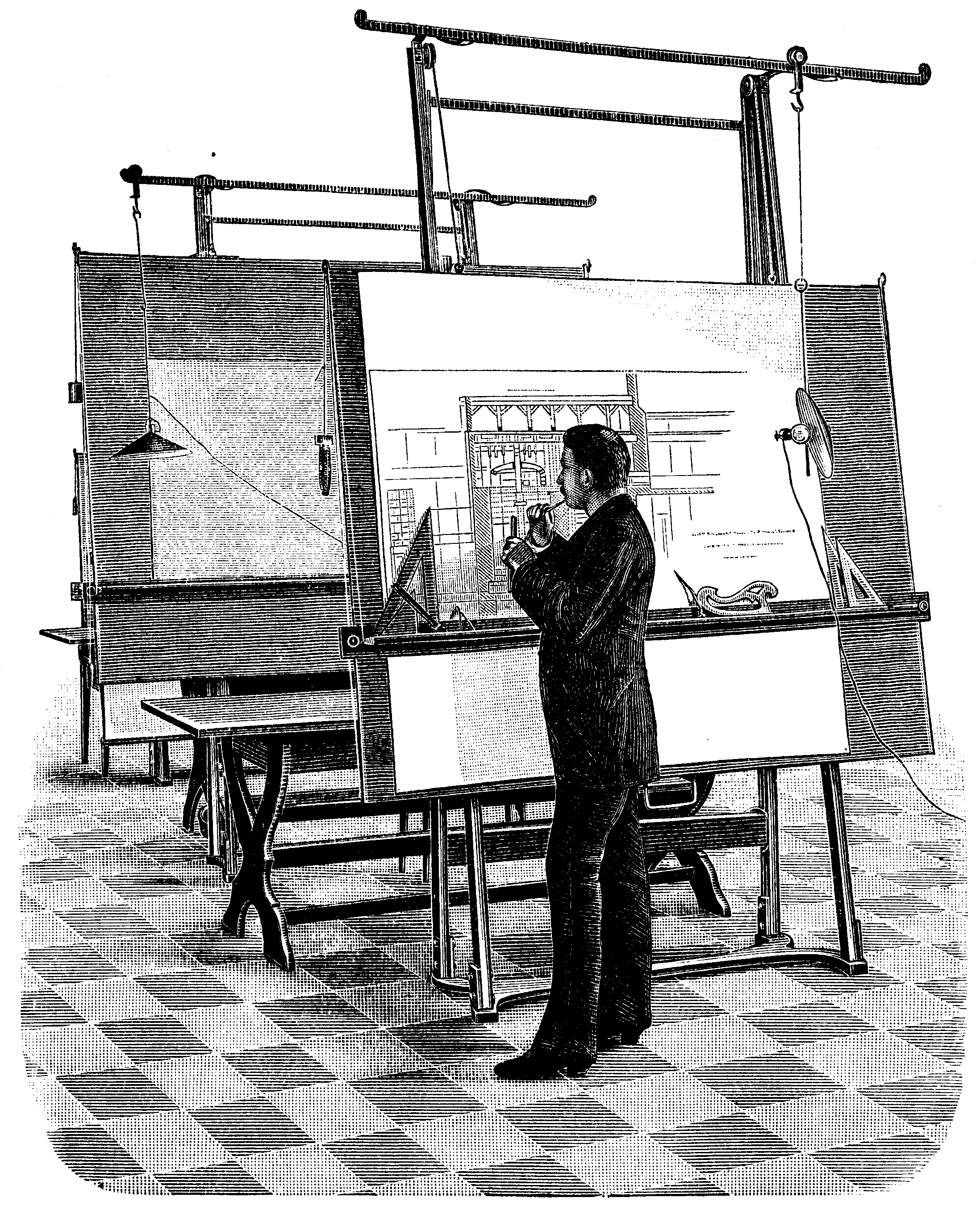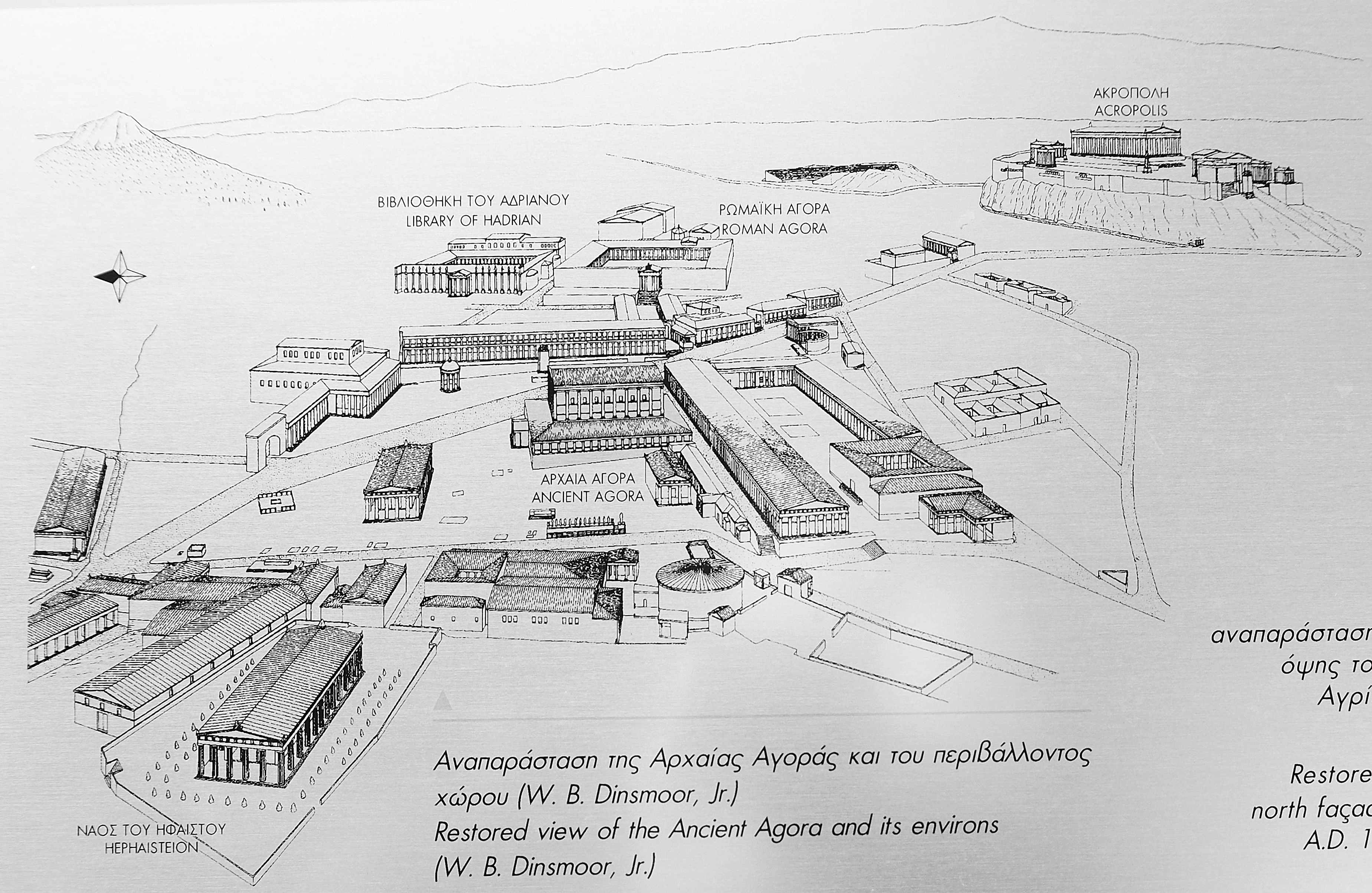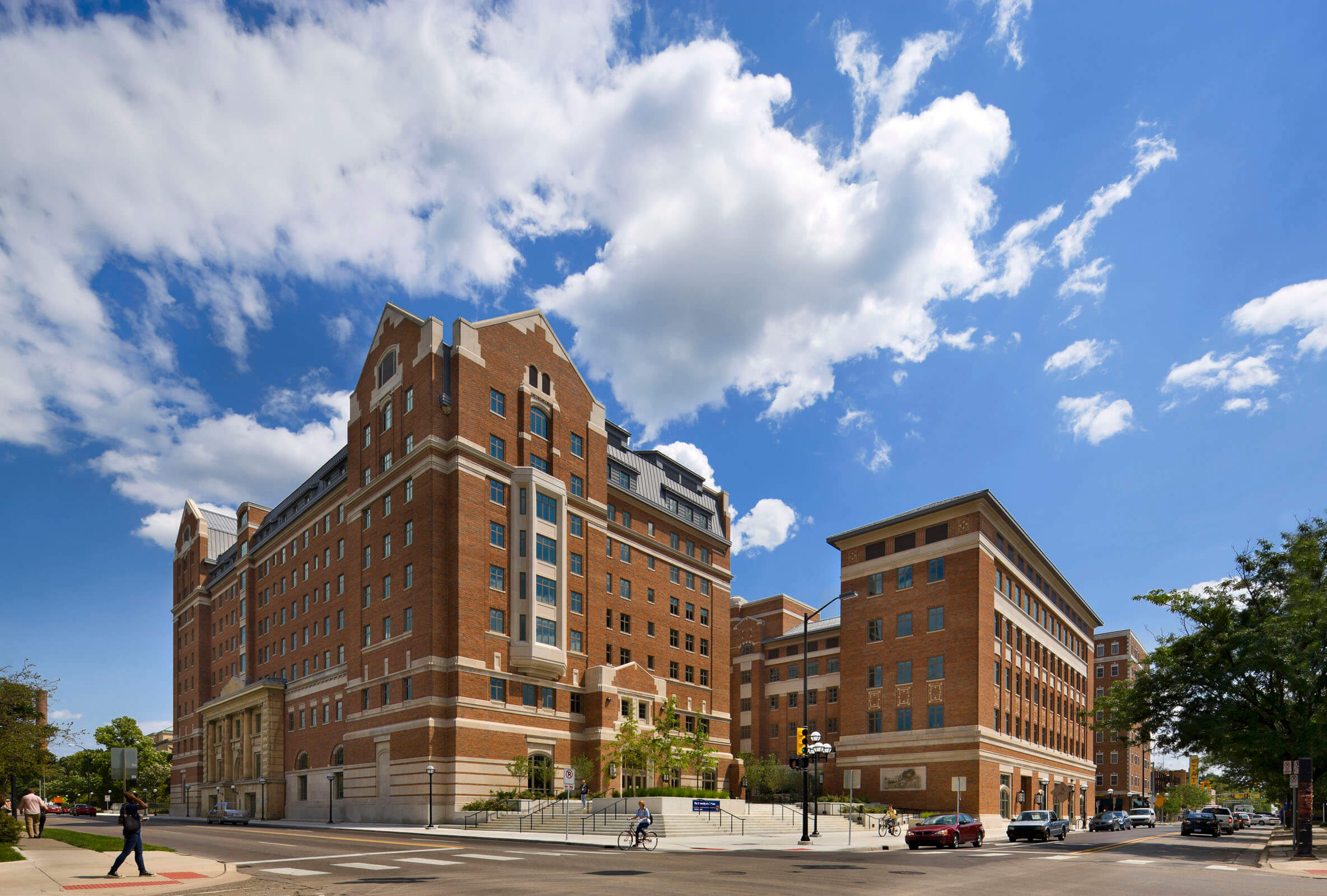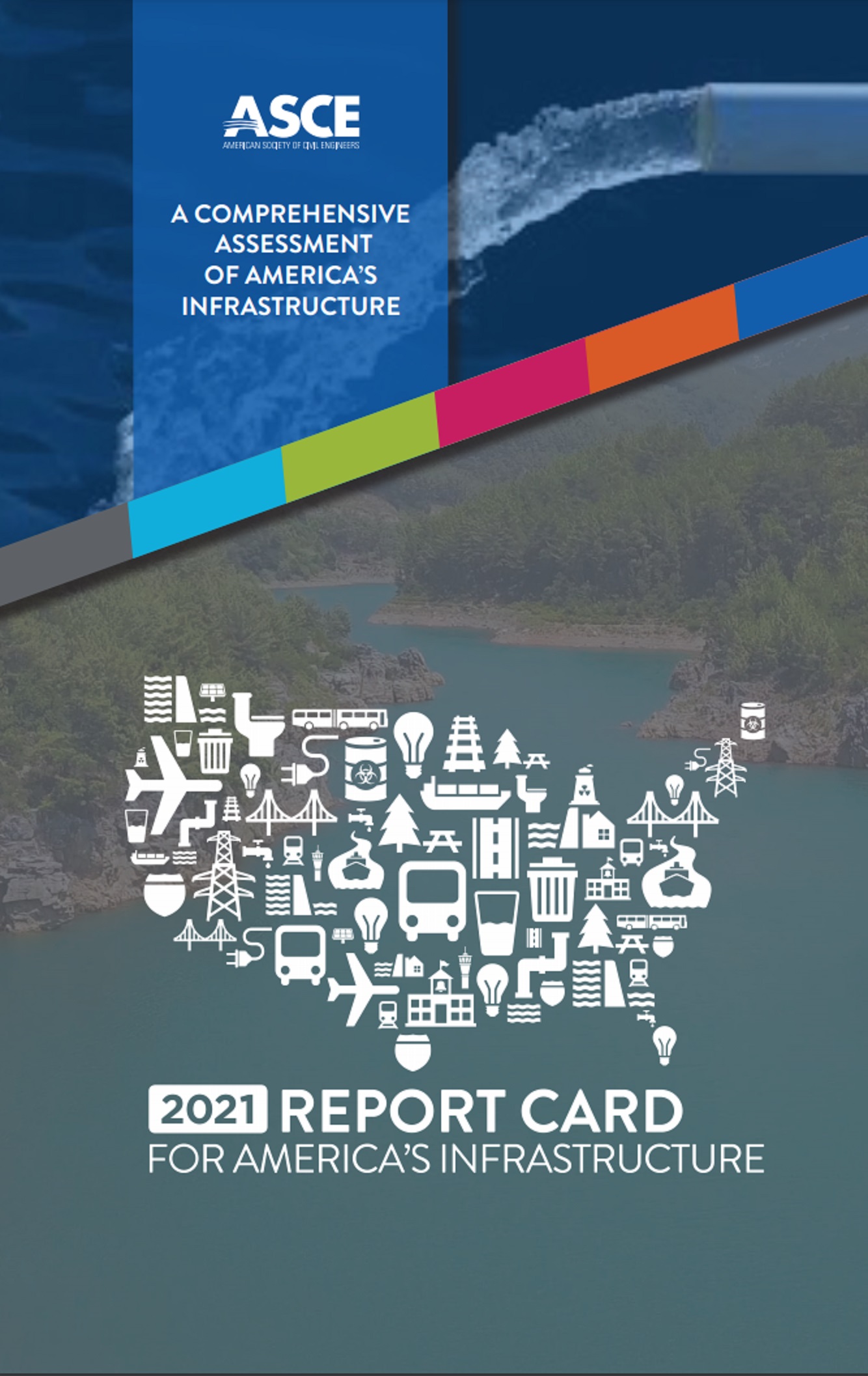Standards May: Sport
- Home Page 6

“Save the Bagels!”
This content is accessible to paid subscribers. To view it please enter your password below or send mike@standardsmichigan.com a request for subscription details.
Ice Cream at the Rock
The invention of ice cream, as we know it today, is a product of historical evolution, and there isn’t a single individual credited with its creation. Various cultures and civilizations throughout history have contributed to the development of frozen treats resembling ice cream.
One of the earliest records of frozen desserts can be traced back to ancient China, where people enjoyed a frozen mixture of milk and rice around 200 BC. Similarly, ancient Persians and Arabs had a tradition of mixing fruit juices with snow or ice to create refreshing treats.
In Europe, frozen desserts gained popularity in the 17th and 18th centuries, and it was during this time that the more modern version of ice cream, made with sweetened milk or cream, began to take shape. During this period, ice cream became more widely accessible and enjoyed by the nobility and upper classes.
MSU Infrastructure Planning and Facilities
To produce ice cream on a commercial scale, several key pieces of infrastructure and equipment are necessary. The specific requirements may vary depending on the production capacity and the type of ice cream being produced, but the basic infrastructure typically includes:
- Manufacturing Facility: A dedicated space or building is needed to house all the production equipment and storage facilities. The facility should comply with local health and safety regulations and be designed to maintain the required temperature and hygiene standards.
- Mixing and Blending Equipment: Industrial-scale mixers and blending machines are used to mix ingredients like milk, cream, sugar, stabilizers, emulsifiers, and flavorings. These machines ensure that the mixture is homogenized and consistent.
- Pasteurization Equipment: To ensure product safety and extend shelf life, ice cream mix needs to be pasteurized. Pasteurization equipment heats the mixture to a specific temperature and then rapidly cools it to destroy harmful microorganisms.
- Homogenizers: Homogenizers help break down fat molecules in the ice cream mix to create a smoother and creamier texture.
- Aging Vats: The ice cream mix is aged at a controlled temperature for a specific period, which allows the ingredients to fully blend and improves the ice cream’s texture.
- Freezers: Continuous freezers or batch freezers are used to freeze the ice cream mix while incorporating air to create the desired overrun (the amount of air in the final product). Continuous freezers are more commonly used in large-scale production, while batch freezers are suitable for smaller batches.
- Hardening and Storage Room: Once the ice cream is frozen, it needs to be hardened at a lower temperature to achieve the desired texture. Storage rooms are used to store finished ice cream at the appropriate temperature until distribution.
- Packaging Equipment: Equipment for filling and packaging the ice cream into various containers, such as cartons, tubs, or cones.
- Quality Control and Laboratory Facilities: A dedicated area for quality control testing, where ice cream samples are analyzed for consistency, flavor, and other characteristics.
- Cleaning and Sanitation Systems: Proper cleaning and sanitation systems are essential to maintain hygiene and prevent contamination.
- Utilities: Adequate water supply, electrical power, and refrigeration capacity are critical for ice cream production.
Evensong “Capricho Arabe”
| Jamie Dupuis,originally from New Liskeard Ontario, studied under Philip Candelaria at the Cambrian College Sudbury Campus during which time he won a scholarship to the Musicians Institute in Hollywood, California. Since graduating he has worked as a professional musician, doing sessions, solo performances, weddings, bar gigs, festivals, composition, albums and YouTube videos featuring his virtuosity on the harp guitar. |
Creative Arts, Music, & Design
Pecan Pie
University of George Financial Report 2022 | $2.1B
If you find yourself eating a pecan pie tomorrow, odds are it was grown in Georgia! pic.twitter.com/0FiKTlCAQi
— UGA (@universityofga) November 24, 2021
University of Georgia: Cranberry Pecan Pie
The popularity of Georgia pecan pie can be attributed to several factors:
- Abundance of Pecans: Georgia, particularly in the southern region of the United States, has a favorable climate for pecan trees. Pecans have been grown in Georgia for centuries, and the state has a long history of pecan cultivation. With such abundance, pecans became a staple ingredient in many traditional Southern recipes, including pecan pie.
- Southern Culinary Tradition: Southern cuisine, known for its comfort foods and indulgent desserts, heavily features pecans in various recipes. Pecan pie is a classic Southern dessert that has been passed down through generations, becoming deeply ingrained in the culinary heritage of the region. Georgia, as a quintessential Southern state, plays a significant role in promoting and preserving these culinary traditions.
- Cultural Significance: Pecan pie is not only a delicious dessert but also holds cultural significance in the South. It is often served during holidays and family gatherings, evoking feelings of warmth, nostalgia, and tradition. The act of sharing a slice of pecan pie with loved ones is a cherished tradition for many families in Georgia and throughout the South.
University Ave Pizza
While there isn’t a universally standardized pizza that everyone agrees upon, certain types of pizza have become iconic and widely recognized. Some of these include:
Margherita Pizza: This classic pizza features tomato sauce, fresh mozzarella cheese, fresh basil, and a drizzle of olive oil. It’s named after Queen Margherita of Italy.
Pepperoni Pizza: Topped with tomato sauce, mozzarella cheese, and slices of pepperoni (a cured pork and beef sausage).
Margarita Pizza: Similar to the Margherita, but without the basil. It typically has tomato sauce, fresh mozzarella, and sometimes a drizzle of olive oil.
Neapolitan Pizza: This style originated in Naples, Italy. It has a thin, soft, and chewy crust with simple and fresh ingredients like San Marzano tomatoes, mozzarella, fresh basil, and olive oil.
New York Style Pizza: Characterized by its large, foldable slices with a thin and flexible crust. It’s often topped with tomato sauce and mozzarella cheese.
Chicago Deep-Dish Pizza: Known for its thick crust, this pizza has layers of cheese, toppings, and tomato sauce. It’s baked in a deep pan, resulting in a substantial and hearty pizza.
Sicilian Pizza: Square-shaped and thick-crusted, Sicilian pizza is often topped with tomato sauce, mozzarella, and various toppings.
California Pizza: Often associated with innovative and non-traditional toppings, California-style pizza might include ingredients like barbecue chicken, goat cheese, arugula, and more.
Different regions and cultures have their own interpretations and variations, so what’s considered a “standard” pizza can vary widely depending on personal preferences and local traditions.
Next week, @kipras_r and I will be at Como – Optical Probes 2023 conference to try some authentic Italian pizza. If you'd like to meet up, drop me a message or simply catch us at the conference! See you there! #OpticalProbes2023 #femtoinfluencer @light_con pic.twitter.com/7vdMCFaOfN
— Greta Bučytė (@GretaBucyte) September 5, 2023
Pronunciation
This content is accessible to paid subscribers. To view it please enter your password below or send mike@standardsmichigan.com a request for subscription details.
Ædificare
United States: Schools of Architecture
The Financial Impact of Architectural Design: Balancing Aesthetics and Budget in Modern Construction
New from American School & University:
Lehman College: Nursing Education, Research and Practice Center
Vincennes University breaks ground on $33.9 million health sciences center
$40 million arena renovation planned at Furman University
Colgate University is building apartments geared for faculty and staff
As reported by the US Department of Commerce Census Bureau the value of construction put in place by April 2023 by the US education industry proceeded at a seasonally adjusted annual rate of $110.168 billion. This number does not include renovation for projects under 50,000 square feet and new construction in university-affiliated health care delivery enterprises. Reports are released two months after calendar month. The complete report is available at the link below:
MONTHLY CONSTRUCTION SPENDING, March 2024
This spend makes the US education facilities industry (which includes colleges, universities, technical/vocational and K-12 schools, most university-affiliated medical research and healthcare delivery enterprises, etc.) the largest non-residential building construction market in the United States after commercial property; and fairly close. For perspective consider total public + private construction ranked according to the tabulation most recently released:
$128.487 billion| Education Facilities
$132.860 billion | Power
$67.773 billion | Healthcare
Keep in mind that inflation figures into the elevated dollar figures. Overall — including construction, energy, custodial services, furnishings, security. etc., — the non-instructional spend plus the construction spend of the US education facilities is running at a rate of about $300 – $500 billion per year.
Construction cameras at US schools, colleges and universities
![]()
We typically pick through the new data set; looking for clues relevant to real asset spend decisions. Finally, we encourage the education facilities industry to contribute to the accuracy of these monthly reports by responding the US Census Bureau’s data gathering contractors.
More
National Center for Educational Statistics
AIA: Billings Index shows but remains strong May 2022
National Center for Education Statistics
Sightlines: Capital Investment College Facilities
OxBlue: Time-Lapse Construction Cameras for Education
US Census Bureau Form F-33 Survey of School System Finances
American Vitruvius
Robert A. M. Stern is an American architect, educator, and author known for his contributions to the field of architecture, urbanism, and design. Stern has been particularly influential in shaping the aesthetics of educational campuses through his architectural practice and academic involvement. Here are some key aspects of his approach to the aesthetics of educational campuses that attract philanthropic legacies:
- Pedagogical Ideals:
- Stern’s designs for educational campuses often reflect his understanding of pedagogical ideals. He considers the spatial organization and layout of buildings in relation to the educational mission of the institution.
- Spaces are designed to foster a sense of community, encourage interaction, and support the overall educational experience.
- Traditional and Classical Influences:
- Stern is known for his commitment to classical and traditional architectural styles. He often draws inspiration from historical architectural forms and traditional design principles.
- His work reflects a belief in the enduring value of classical architecture and its ability to create a sense of timelessness and continuity.
- Contextual Design:
- Stern emphasizes the importance of contextual design, taking into consideration the existing architectural context and the cultural or historical characteristics of the surrounding area.
- When designing educational campuses, he often seeks to integrate new buildings harmoniously into the existing campus fabric.
- Attention to Detail:
- Stern is known for his meticulous attention to detail. His designs often feature carefully crafted elements, including ornamental details, materials, and proportions.
- This focus on detail contributes to the creation of visually rich and aesthetically pleasing environments.
- Adaptation of Historical Forms:
- While Stern’s work is firmly rooted in traditional and classical architecture, he also demonstrates an ability to adapt historical forms to contemporary needs. His designs often feature a synthesis of timeless architectural elements with modern functionality.
New update alert! The 2022 update to the Trademark Assignment Dataset is now available online. Find 1.29 million trademark assignments, involving 2.28 million unique trademark properties issued by the USPTO between March 1952 and January 2023: https://t.co/njrDAbSpwB pic.twitter.com/GkAXrHoQ9T
— USPTO (@uspto) July 13, 2023
Standards Michigan Group, LLC
2723 South State Street | Suite 150
Ann Arbor, MI 48104 USA
888-746-3670


